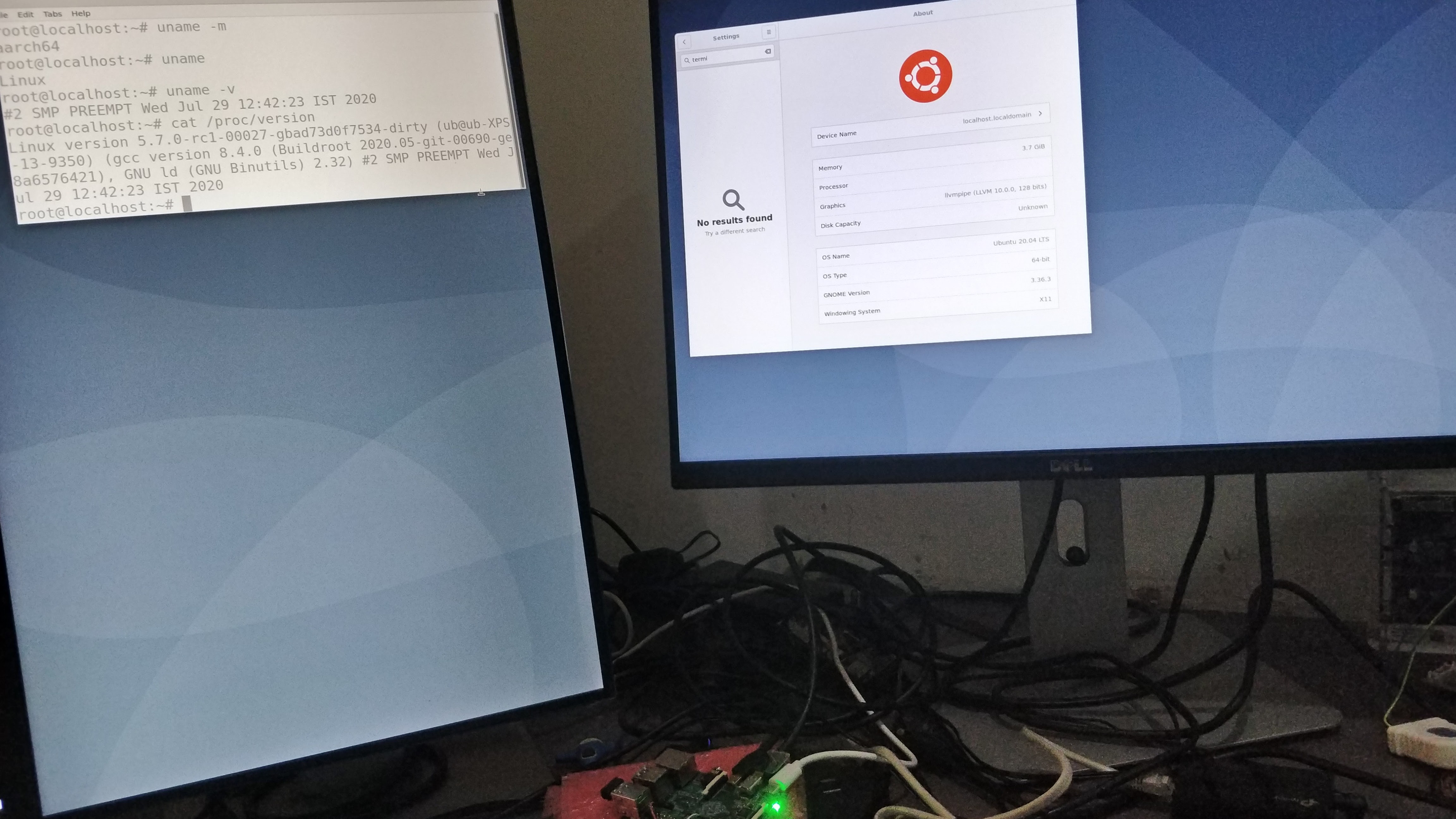

u-boot,mmc-env-partition = name of partition used to save U-Boot environment.Generic U-Boot configuration, managed in generic code:.Some properties in the 'config' node are also used to dynamically configure the U-Boot behavior in the board device tree as follows: dts:Īnd in the U-Boot add-on file = -u-boot.dtsi:Īn early DEBUG trace, before the device tree parsing, can be also activated with CONFIG_DEBUG_ UART and board_debug_uart_init() (see U-Boot-How to debug page for details). Īs the console is used before relocation, you must add the flags u-boot,dm-pre-reloc for each associated nodes (and sub-nodes).įor example in device tree from kernel =. The U-Boot console use stdout-path defined in the chosen node of the Linux kernel device tree as described in the Linux kernel binding.
U BOOT LINUX MAC
The next steps are required if the STMicroelectronics generic board does not comply with all of the expected behavioral aspects for your board (for example MAC address not located in OTP, specific PMIC, specific boot command). Make stm32mp15_trusted_defconfig make DEVICE_TREE= all
U BOOT LINUX CODE
The board-specific features are not correctly managed, but should be sufficient for a simple board derived from STMicroelectronics designs.įor example, on STM32MP15x lines, you can use the STMicroelectronics code with your device tree as follows: It includes the -u-boot.dtsi file provided by STMicroelectronics (for example arch/arm/dts/stm32mp15-u-boot.dtsi ) and add all the properties on nodes needed by U-Boot (added nodes, config nodes and u-boot,dm-pre-reloc or u-boot,dm-pre-proper attibutes as described in U-Boot overview, device tree).Īt this point you can use the generic STM32 MPU defconfig with the STMicroelectronics board directory, but with your board device tree. This file is automatically included during. Add a U-Boot addon device tree for your board in the arch/arm/dts directory: -u-boot.dtsi.
U BOOT LINUX UPDATE
Update arch/arm/dts/Makefile to compile your device tree, for example:.Copy the Linux kernel device tree in the directory arch/arm/dts.dts and -u-boot.dtsi in arch/arm/dts, following the steps below: Add your configuration file : include/configs/.Create your board defconfig: defconfig/ _defconfig.Create your own board support directory: board/ /.Add your board device tree: arch/arm/dts/.To summarize, you need to configure U-Boot for your with the following steps: This article only provides basic guidelines for STM32MP1 Series. 3.1 Arch Kconfig: arch/arm/mach-stm32mp/KconfigĮxplain the porting of U-Boot on a new board.This will interrupt the U-Boot bootcmd sequence and let you enter the U-Boot command monitor:įrom the command monitor, you would be able to reset bootdelay to 3 or whatever value makes sense to you.
U BOOT LINUX SERIAL
To do so, push the Ctrl-C keys down on the serial console and don't release them until you have hit the reset button on the baseboard. With bootdelay set to 0 the U-Boot countdown is disabled, so there is a question how you enter the U-Boot command monitor, should you need that for some reason. This will make sure that on each power on / reset U-Boot immediately executes the command defined by bootcmd, typically booting Linux from the on-module Flash. In deployed configurations, where boot time to the service provided by your embedded device is critical, you will probably want to set bootdelay to 0: The latter is how bootcmd is set on the modules at the factory. Typically, this would be run netboot to boot Linux from TFTP during development or run flashboot to boot Linux from the NAND Flash on deployed units. The bootcmd variable defines a command executed by U-Boot automatically after the bootdelay countdown is over. This will let you enter the U-Boot command line interface. During the bootdelay countdown, you can interrupt the autobooting by pressing any key.

The bootdelay variable defines a delay, in seconds, before running the autoboot command defined by bootcmd. The Linux autoboot sequence in U-Boot is controlled by the two environment variables called bootdelay and bootcmd.


 0 kommentar(er)
0 kommentar(er)
